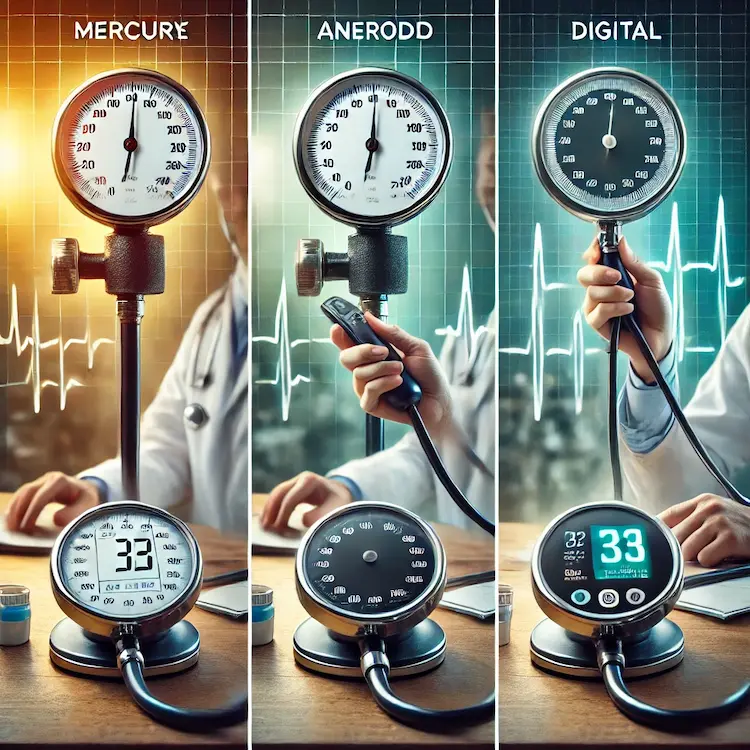High blood pressure (hypertension) is a major risk factor for cardiovascular disease, affecting millions worldwide. Monitoring blood pressure regularly with a sphygmomanometer (sphyg) is essential for early detection and management. However, incorrect usage can lead to inaccurate readings, potentially leading to misdiagnosis or improper treatment. This article outlines the best practices for using a sphyg to prevent high blood pressure, ensuring accurate readings and promoting heart health.
Blood pressure monitoring is crucial for maintaining cardiovascular health. According to the World Health Organization (WHO), hypertension affects over 1.28 billion adults worldwide, yet nearly half remain undiagnosed. Regular monitoring can help detect early signs of hypertension, allowing individuals to take preventive measures before complications arise.
A sphygmomanometer measures blood pressure using a cuff, an inflation mechanism, and a gauge or digital display. Understanding different types of sphygmomanometers ensures users select the most suitable device for their needs.
| Type | Description | Pros | Cons |
|---|---|---|---|
| Mercury Sphygmomanometer | Traditional, uses mercury for pressure readings | Highly accurate, long-lasting | Requires careful handling due to mercury toxicity |
| Aneroid Sphygmomanometer | Uses a dial and needle for readings | Portable, no mercury | Needs regular calibration |
| Digital Sphygmomanometer | Electronic, displays readings digitally | Easy to use, automatic inflation | Less accurate if battery is low or cuff is misaligned |

Accurate blood pressure readings are essential for proper health management. Below are the best practices to follow when using a sphygmomanometer.
A poorly fitted cuff can cause inaccurate readings. Ensure the cuff covers 80% of the upper arm’s circumference for accuracy.
| Error | Impact on Readings |
|---|---|
| Cuff placed over clothing | Higher readings |
| Speaking during measurement | Unreliable results |
| Full bladder | Higher readings |
| Recently exercised or consumed caffeine | Elevated readings |
Many wonder whether manual (aneroid or mercury) sphygmomanometers are better than digital ones. Below is a comparative analysis.
| Feature | Manual Sphyg | Digital Sphyg |
|---|---|---|
| Accuracy | High (if used correctly) | May vary (affected by batteries and placement) |
| Ease of Use | Requires training | Simple, user-friendly |
| Portability | Less convenient | Compact and travel-friendly |
| Cost | Affordable | More expensive |
| Suitability for Home Use | Not ideal for beginners | Best for non-medical users |
For home monitoring, digital sphygmomanometers are recommended due to their ease of use. However, for medical professionals, manual sphygmomanometers remain the gold standard for accuracy.
Monitoring blood pressure is only one part of prevention. Lifestyle changes are equally important.
Smoking damages blood vessels, leading to hypertension. Quitting reduces the risk of heart disease by 50% within one year.

Using a sphygmomanometer correctly is crucial for accurate blood pressure monitoring. Choosing the right type, following best practices, and making lifestyle changes can significantly reduce the risk of hypertension. Regular monitoring, combined with a healthy diet, exercise, and stress management, ensures long-term cardiovascular health.